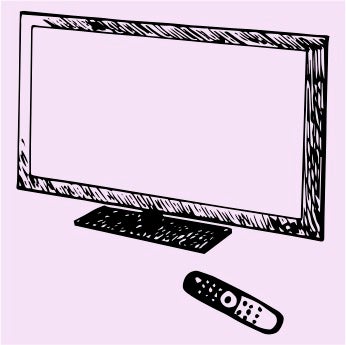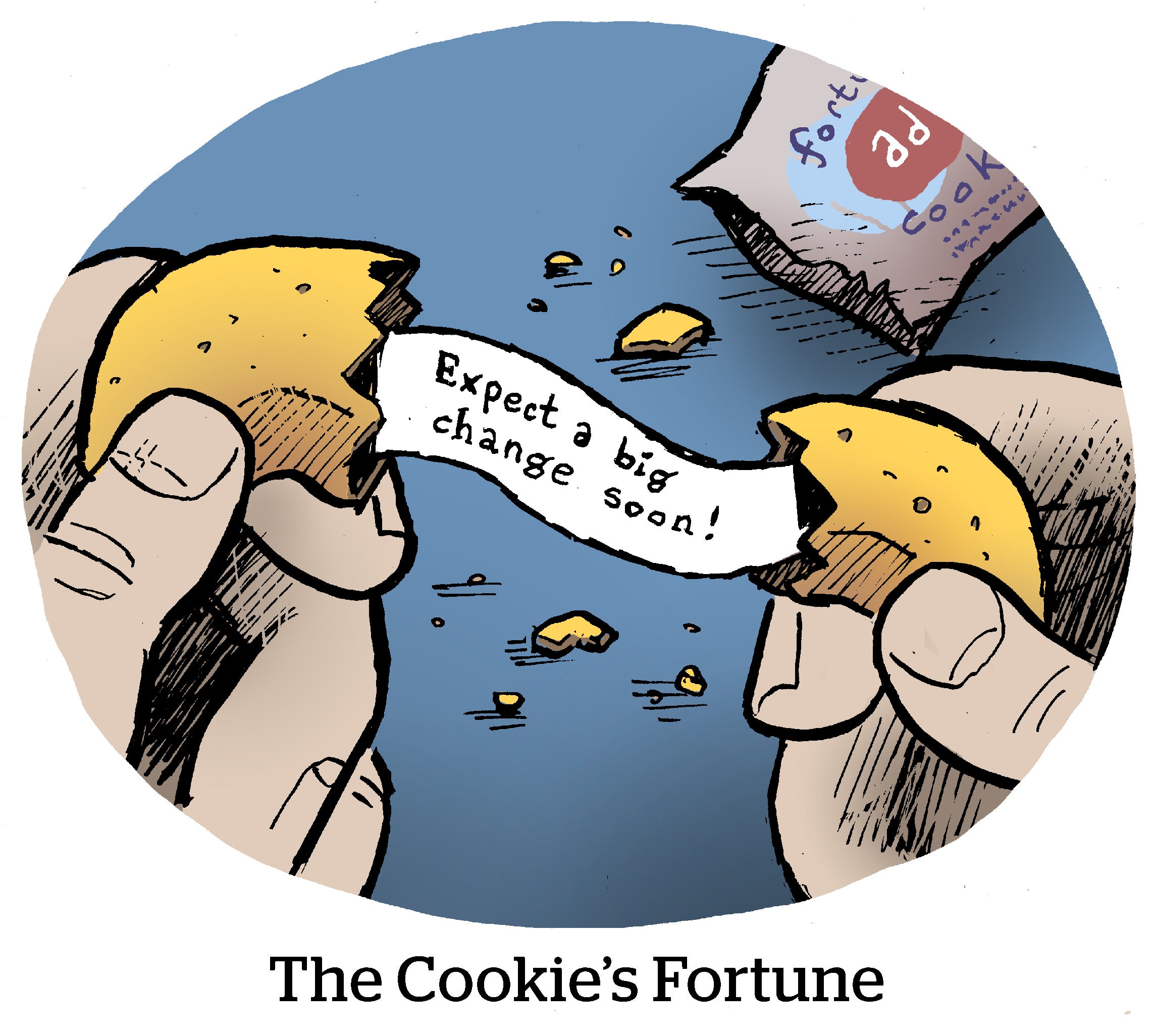The TV industry is rife with impassioned debates.
How should TV impressions be measured? Does YouTube count as premium video? How soon will the new joint industry committee (JIC) set video currency standards for TV measurement companies to follow?
The JIC formed up earlier this year to set the record straight on measurement currency. And the need for standardization must be pretty dire if rivaling programmers are working together to sort out the problem.
The JIC’s goal is pretty clear. But here’s another debate that caught my attention this week: Is the JIC really a JIC?
I recently read an op-ed expressing vehement opposition to the JIC’s classification of itself. Aside from the minutiae of how industry boards are created, the op-ed states that traditional JICs are designed to create a single trading currency for a specific ad medium (such as TV and video or out-of-home ads).
Hold the phone. Just one currency?
The idea of rallying around one currency instead of multiple completely contradicts what the US TV industry has been working toward since 2021. Once Nielsen lost third-party accreditation for its local and national ratings, the industry vowed to never fall back into another measurement monopoly.
So I picked up the phone and chatted with industry research vet Tony Jarvis, leader of Olympic Media Consultancy and writer of the op-ed, to find out what he would suggest the industry do.
One to many
According to Jarvis, JICs can bring consistency to TV buying and selling by establishing a single currency that meets expectations from both sides.
There are currently single currency JICs in Europe and the US, such as UK-based Barb Audiences – formerly known as Broadcasters’ Audience Research Board (BARB) – and US-based Geopath, which is technically a JIC in that it defines a standard for measuring out-of-home ad exposures.
Jarvis argues that the US lacks a JIC for TV and video standards because it is currently focused on standards that will support multiple currencies for the same medium, as opposed to one.
The dire need for measurement consistency does somewhat validate the idea of a single currency – and so does the pretty penny it costs for programmers and buyers to keep testing a variety of options.
“There’s tremendous opportunity for the US to embrace a true JIC,” Jarvis tells me. “It could save the industry a lot of money.”
But what about fostering competition?
Be a good sport
One of the TV industry’s biggest arguments for multiple options is competition. If currency providers are forced to compete, they’ll have to consistently innovate to stand out from the crowd, which brings more added value all around.
For example, it took an influx of new competitors to force Nielsen into a shift toward impression-based measurement. Wouldn’t going back to a single currency stunt the recent rise of competition?
Well, Jarvis also points out that “real” JICs undergo an intensive RFP process every three to five years to evaluate the contenders and – if it’s warranted – change up the incumbent.
 If Nielsen is the single choice currency when, say, VideoAmp wins the JIC’s vote from a hypothetical batch of fresh RFPs, for example, then Nielsen and the other contenders would still remain measurement providers, but would not be considered a standard for media transaction.
If Nielsen is the single choice currency when, say, VideoAmp wins the JIC’s vote from a hypothetical batch of fresh RFPs, for example, then Nielsen and the other contenders would still remain measurement providers, but would not be considered a standard for media transaction.
This cycle sounds democratic, but it also sounds like a pretty expensive process to continuously adjust to using a different currency every handful of years. Not to mention how much revenue companies without the currency crown will miss out on.
Too many cooks?
A single video currency that’s subject to change may work in some systems, such as Europe’s Barb (which seems to have created its own TV currency), but neither the single currency nor multicurrency path is perfect. Both systems require rigorous evaluation and testing phases, and both are designed to improve the TV and video transaction process.
To be fair, even though the JIC is working toward a multicurrency future, it’s also working on establishing one single set of standards that will apply to these various options.
Do these goals mean the JIC is not really a JIC in the traditional sense? Maybe. But does this definition have any bearing on what the TV industry will do next? Probably not. I think the industry is unlikely to give up its goal of supporting more than one currency.
If our JIC for TV and video as we know it insists on multiple currencies, however, then it should at least not be calling itself a JIC, Jarvis argues, adding that something like “multicurrency certification committee” (MCCC) would be more accurate.
Semantics aside, it’s worth pointing out that the TV industry’s JIC might work differently from more established JICs. Understanding these differences can help shine a light on what different industry bodies look for when deciding whether to name a specific data provider as viable for currency.
In my opinion, this latest JIC is just as unlikely to entertain arguments over names and acronyms as it is to reconsider its stance on the multicurrency future it’s fighting for.
Let me know what you think. Hit me up at [email protected].


















